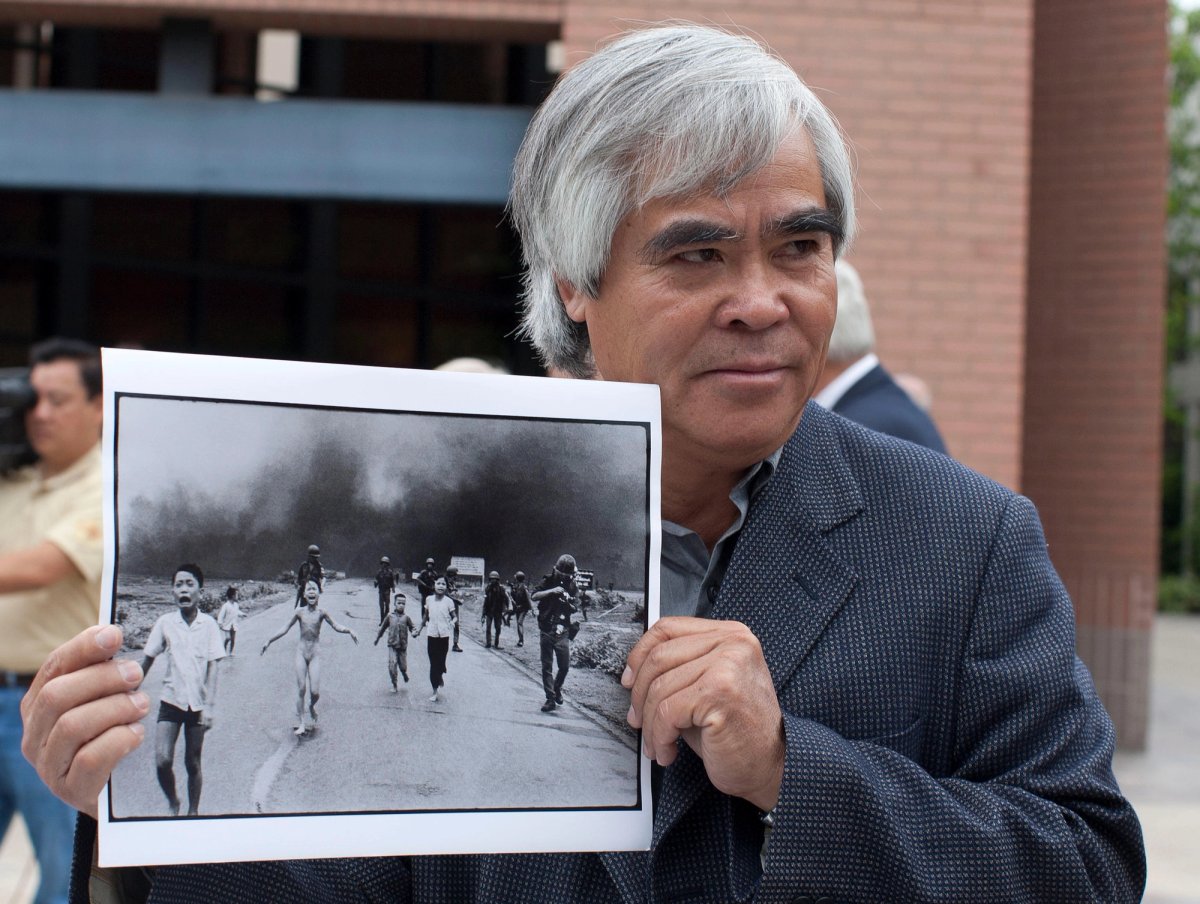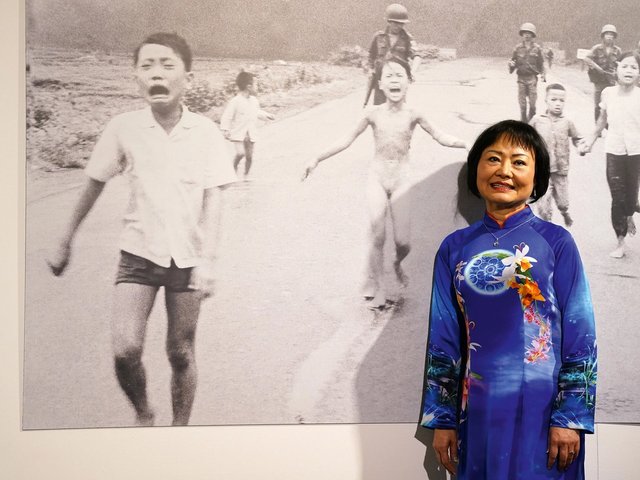Fresh doubts have emerged as to who photographed one of the most enduringly shocking and recognisable images of the Vietnam War.
For more than 50 years, The Terror of War—which captured nine-year-old Phan Thi Kim Phuc and four other terrified children running from an enormous napalm cloud—was attributed to “Nick” Huynh Cong Ut, a then 21-year-old photographer working for Associated Press (AP).
The photograph, better known as Napalm Girl, was published on newspaper covers across the world in the days after the errant bomb attack by the South Vietnamese Air Force. Ut received the Pulitzer Prize for the picture, as well as World Press Photo of the Year.
Its authorship was thrown into question when a feature-length documentary film, The Stringer, premiered at the Sundance Film Festival earlier this year alleging that it was not him but another Vietnamese-born photographer, Nguyen Thanh Nghe, who took the picture. Ut contests the claim, and he is backed by Phuc, who is one of the few surviving witnesses, and who has developed a close working relationship with the photographer over the years as peace ambassadors.
Now, World Press Photo has suspended attribution of the photograph following “deep reflection” and the instigation of its own five-month report into its contested authorship, drawing on the forensic findings of the filmmakers behind The Stringer and internal investigations by AP.
The Amsterdam-based organisation concludes that the authorship is “uncertain, with no conclusive evidence either way”. In a statement it said that its investigation “indicated that, based on analysis of location, distance, and the camera used on that day, photographers Nguyen Thanh Nghe, or Huynh Cong Phuc may have been better positioned to take the photograph than Nick Ut”.
The third name—Huynh Cong Phuc, who has since died—emerged as another possible author after AP released its second report in five months, this time directly responding to the allegations made in The Stringer. The new report, released on 6 May, turned up various new pieces of evidence, including the likelihood that the famous photograph was not shot on a Leica M2, as has always been claimed. That leaves the question, says the AP report: “If the camera used was a Pentax, could Nick Ut have taken the photo?” The report further questions Ut’s location when the picture was taken, and why no other frames from the same roll of film have been uncovered.
It concludes, however, that “without further evidence being uncovered, these questions may never be resolved”. Without solid, conclusive proof that Ut did not take the photograph, AP says it will continue to attribute authorship to him.
A historic move
World Press Photo has gone further in suspending attribution, which is the first time in the non-profit foundation’s 70-year history that has taken such action. Speaking to The Art Newspaper ahead of its action, Joumana El Zein Khoury, the organisation’s executive director, said that the process had been carried out in “a very collegial manner” with the filmmakers, AP and World Press Photo sharing information transparently. “We were all really on the same page, wanting to get to the truth of things as close as possible," she said. "We all agree there’s doubt.”
She continues: “We’re not here to say, ‘This is right, this is wrong’, or to accuse Nick Ut of anything. We are just here to just put the facts as they are, and also hopefully to create dialogue and reflection. What we're making very clear in this specific case is the really humongous importance of authorship, especially in terms of in today's society.”
Bao Nguyen, the Vietnamese-American director of The Stringer, writes in response to the decision: “Today, World Press Photo, one of the most respected institutions in photojournalism, made an extraordinary decision,” adding that “it represents a critical first step in acknowledging the man we believe is the rightful photographer”.
In a statement sent to The Art Newspaper, Ut’s attorney, James Hornstein, says that his client “cannot fathom why the World Press Photo Foundation would rescind his rightful award 52 years after making it”. He adds: "Despite all of this torment, Nick Ut continues to be thankful that AP, after a long and comprehensive investigation, confirms that the credit for his picture stands.”
Meanwhile, The Stringer is set to reach a wider audience when it gets its international premiere at Sheffield DocFest on 19 June.



